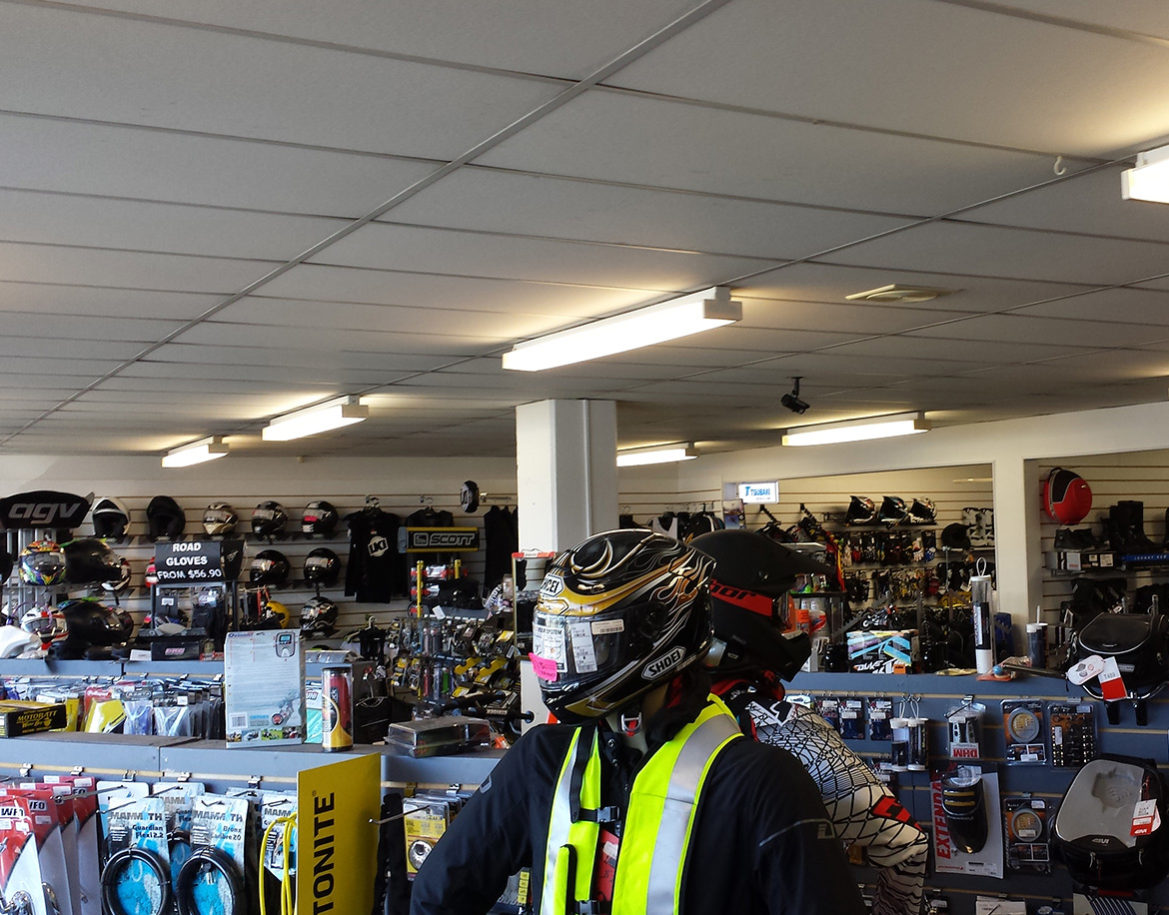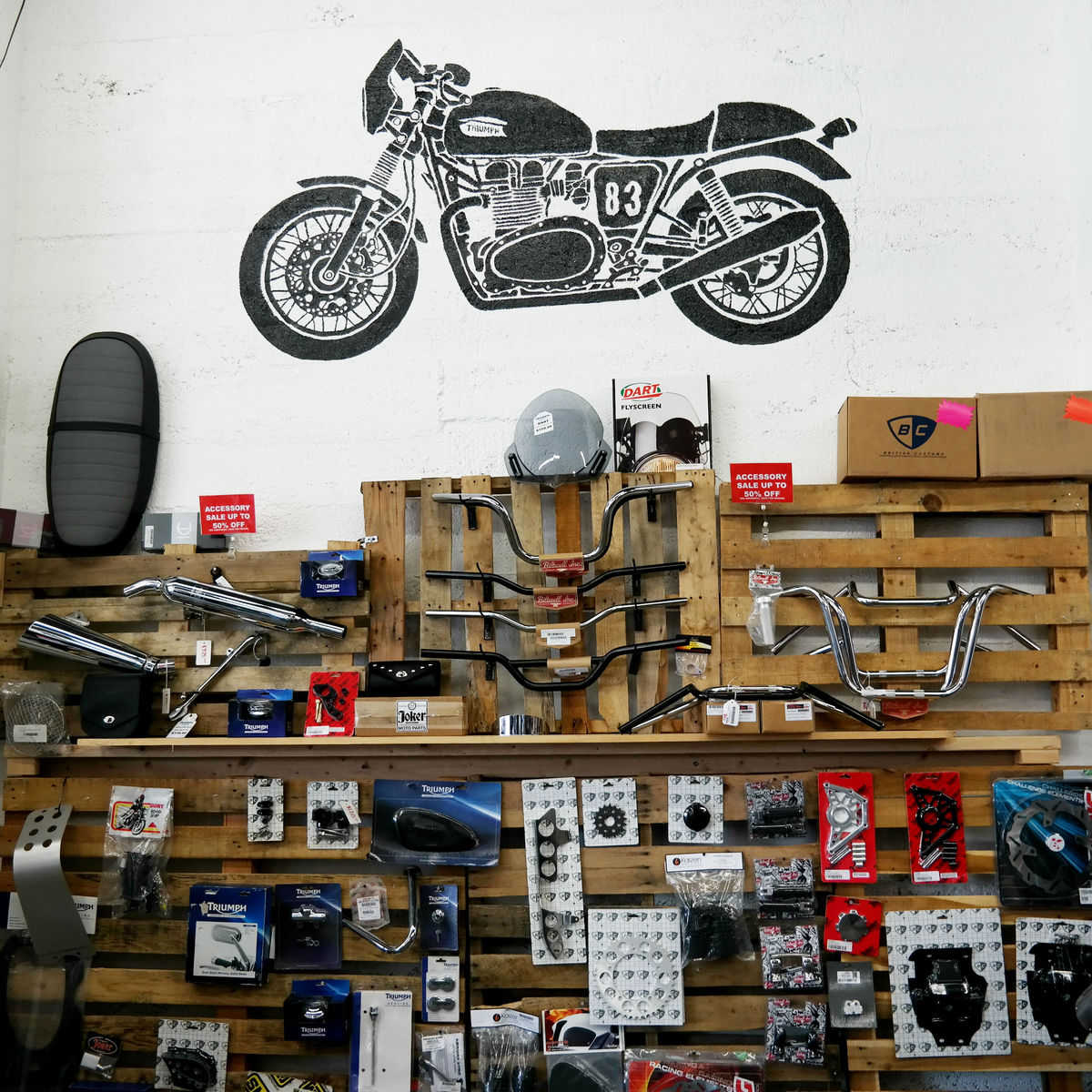Discover the current Motocross Gear NZ for every single Level of Rider
Discover the current Motocross Gear NZ for every single Level of Rider
Blog Article
Recognizing the Crucial Parts of a Bike: A Comprehensive Overview for Enthusiasts
For bike lovers looking to elevate their riding experience and ensure their bikes run efficiently, comprehending the vital elements of a bike is extremely important. Each element, from the engine's intricate functions to the important role of the stopping systems, not only affects efficiency but additionally security and convenience.
Engine Elements

The camshaft plays an important function in controlling the timing of the engine's shutoffs, making certain the precise opening and closing necessary for efficient fuel and air intake, along with exhaust expulsion. This timing is critical to maintaining ideal engine performance and effectiveness. Additionally, the carburetor or fuel injection system, depending on the motorbike model, is liable for blending air with gas in the correct proportion for combustion.
The air conditioning system, either air or liquid-based, functions to keep the engine's temperature level within functional restrictions, stopping getting too hot and guaranteeing durability - motorbike shop. Each element, diligently made and integrated, adds to the smooth operation of the engine, defining the bike's power outcome and overall performance
Transmission System
Essential to the motorbike's functionality, the transmission system guarantees effective power transfer from the engine to the wheels. This system makes up several critical parts, including the clutch, gearbox, and last drive, each playing an important duty in translating the engine's power into motion. The clutch, commonly operated by a hand bar, serves to disengage the engine and involve from the transmission, enabling for smooth gear adjustments and controlled acceleration.
The transmission, frequently described as the transmission correct, contains a set of equipments that riders can by hand move with to change the bike's speed and torque output. These gears are set up in a series that makes it possible for the bike to increase efficiently and maintain optimum engine performance throughout numerous rates. Most motorcycles utilize a sequential gearbox, requiring the biker to move gears in a predetermined order.
Braking Systems
While recognizing the transmission system is vital to utilizing a bike's power, just as crucial is the capability to regulate and stop that power effectively, which is where braking devices enter play. Brakes are essential for safety and performance, supplying the biker with the needed control to browse different terrains and problems. Usually, motorcycles include two kinds of braking systems: disc brakes and drum brakes.
Disc brakes are extra common in modern-day motorcycles due to their premium performance. They are composed of a brake disc, caliper, and pads. When activated, the caliper presses the brake pads against the rotating disc, transforming kinetic energy into heat, thus slowing the wheel. This system provides far better warm dissipation, consistent performance, and boosted quiting power, especially in wet problems.
On the other hand, drum brakes, though less usual, are still discovered in some motorcycles. They function by pressing brake footwear against the inner surface of a drum connected to the wheel. While generally much less effective in warmth dissipation and stopping power, drum brakes are less complex and a lot more economical.
Comprehending these braking systems' nuances allows motorcyclists to maintain their motorcycles effectively and value the engineering that makes sure effective and risk-free quiting.
Suspension and Steering
Suspension and guiding systems are essential parts that dramatically affect a motorbike's handling and adventure comfort. The shock absorber, containing forks at the front and shock absorbers at the back, takes in road abnormalities, improving stability and control. Front forks, usually telescopic or upside down, compress and rebound to mitigate influences, while rear shock absorbers maintain tire call with the roadway, crucial for traction and safety and security.
Steering, centered around the handlebars, connects the rider to the motorcycle's directional control. The guiding head bearings make sure smooth procedure, allowing specific ability to move. Proper placement and upkeep of these bearings are critical for foreseeable steering response and reducing motorcyclist exhaustion.
The suspension's adjustability is an additional important facet; preload, damping, and rebound setups enable customization to match different riding styles and conditions. This versatility is crucial for maximizing efficiency, whether browsing urban roads or tackling tough routes. Technologies like electronic suspension systems provide real-time adjustments, enhancing experience top quality throughout varied surfaces.

Electrical Equipments
After guaranteeing a smooth and regulated trip through reliable suspension and guiding systems, focus transforms to the electric systems, a crucial aspect of contemporary motorcycles. These check my reference systems play an essential role not only in beginning the engine but also in powering various components that boost the functionality and safety of the bike.
At the heart of a bike's electrical system is the battery, which shops electric power needed for beginning the engine and powering supporting systems - mx gear nz. The alternator or generator, coupled with the rectifier-regulator, ensures the battery remains billed while the motorcycle is in operation, converting mechanical energy into electrical power and preserving voltage levels
The ignition system, one more critical element, is liable for firing up the air-fuel blend in the engine's cylinders. Modern motorbikes usually use an electronic ignition system, supplying higher performance and dependability contrasted to traditional systems.
Illumination systems, consisting of fronts lights, tail lights, and indications, are additionally essential, guaranteeing exposure and safety and security for the motorcyclist. Extra electronic components such as sensing units, control devices, and displays contribute to advanced attributes like gas shot monitoring, anti-lock stopping systems (ABS), and digital control panels, better boosting the riding experience.
Verdict
A comprehensive comprehension of a motorcycle's crucial see this page elements, including the engine, transmission system, stopping systems, suspension, steering, and electrical systems, is vital for lovers aiming to maximize comfort, security, and performance. Mastery of these aspects enables informed choices regarding upkeep and upgrades, ultimately improving the riding experience. By incorporating this understanding, cyclists can guarantee their bikes operate at peak efficiency and dependability, thereby making the most of both enjoyment and long life of their vehicles.
For motorbike lovers looking to boost their riding experience and guarantee their bikes run efficiently, understanding the vital elements of a motorbike is vital.Integral to the motorbike's performance, the transmission system makes sure reliable power transfer from the engine to the wheels.While comprehending the transmission system is crucial to taking advantage of a motorbike's power, equally crucial official site is the capability to regulate and quit that power properly, which is where stopping mechanisms come into play. Typically, motorcycles include 2 types of braking systems: disc brakes and drum brakes.
A complete comprehension of a bike's crucial elements, consisting of the engine, transmission system, braking systems, suspension, guiding, and electrical systems, is vital for enthusiasts intending to enhance efficiency, safety and security, and convenience.
Report this page